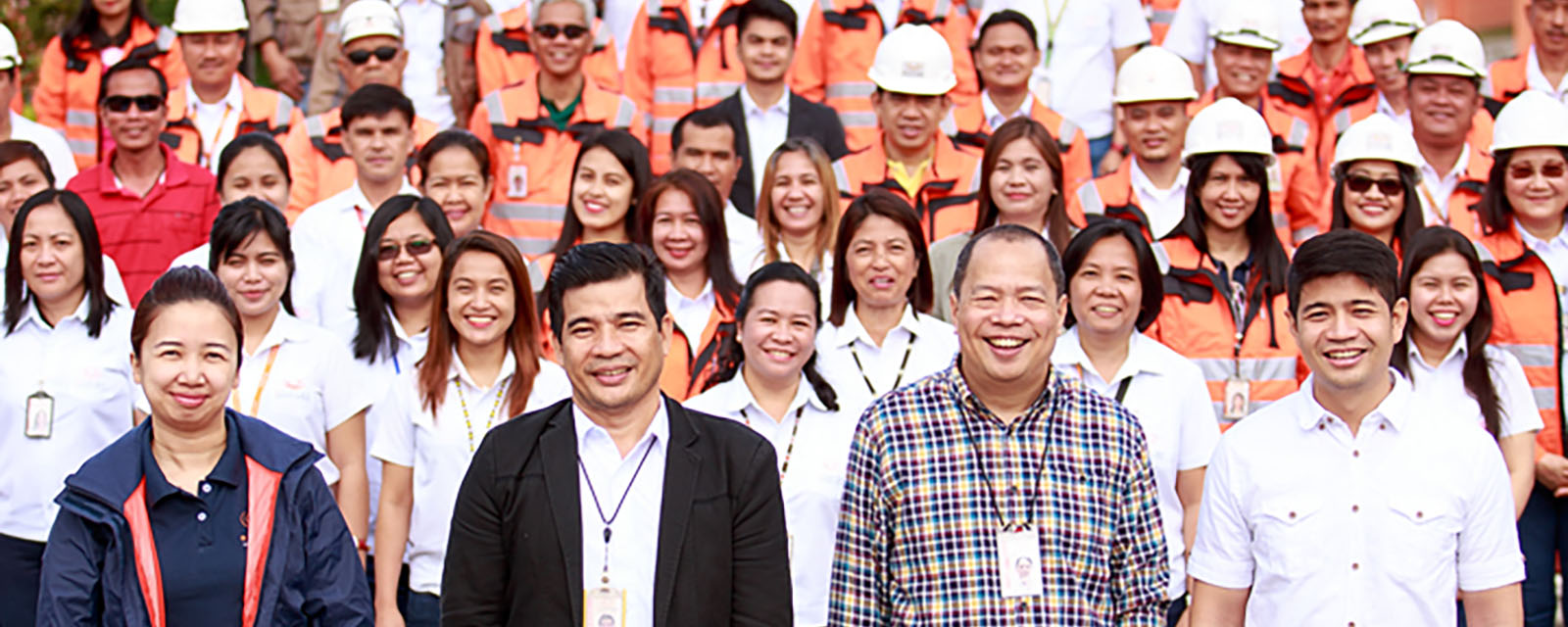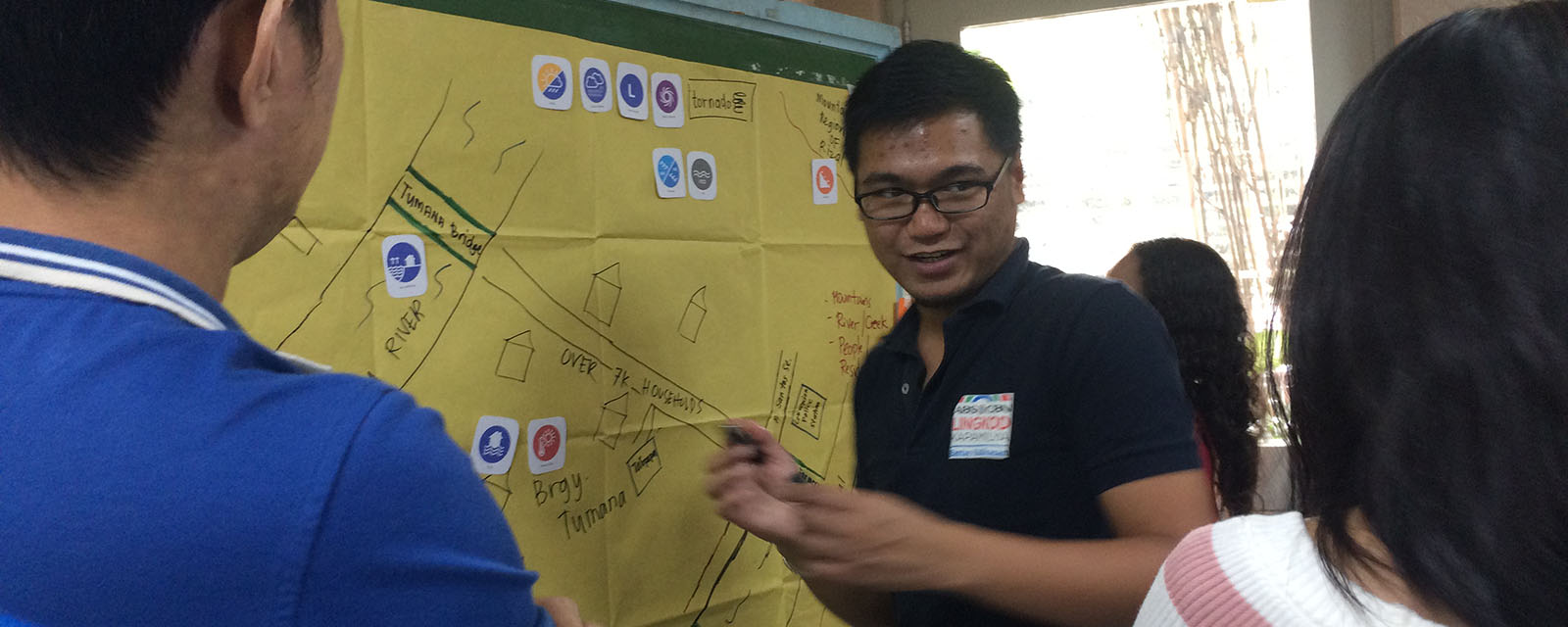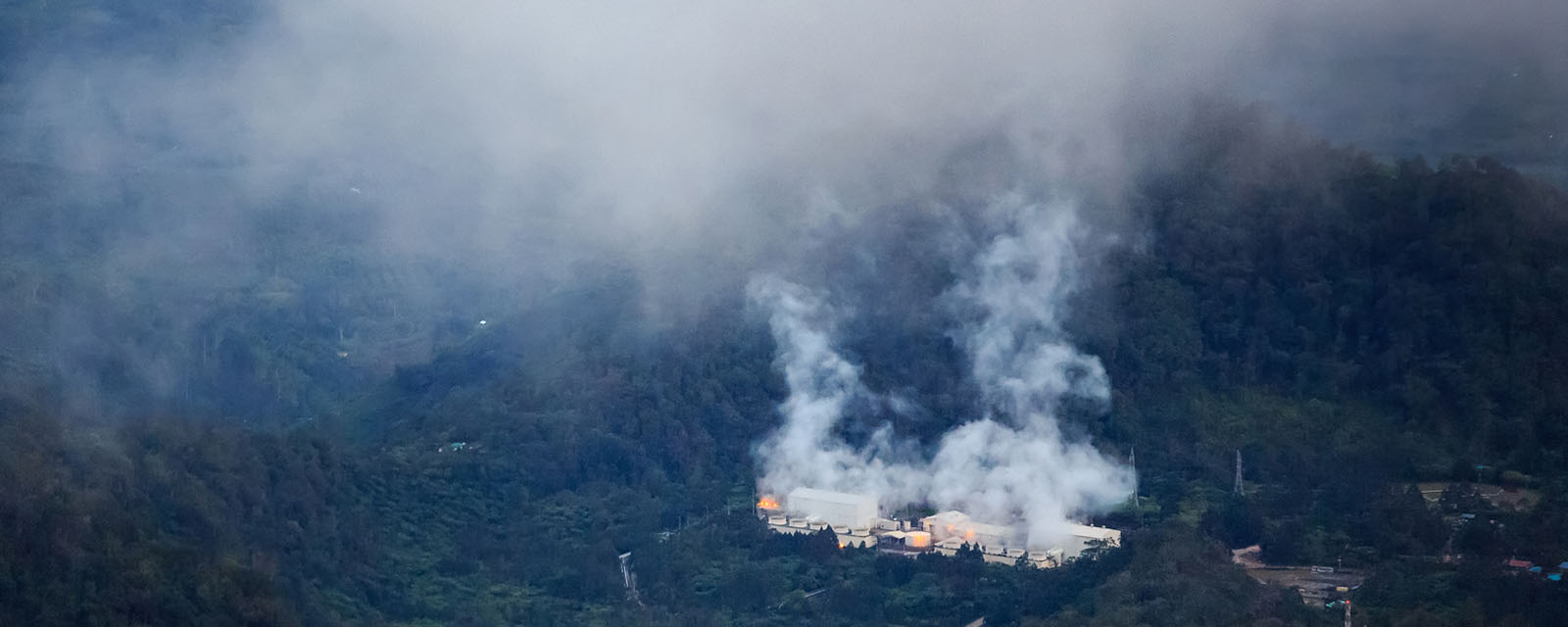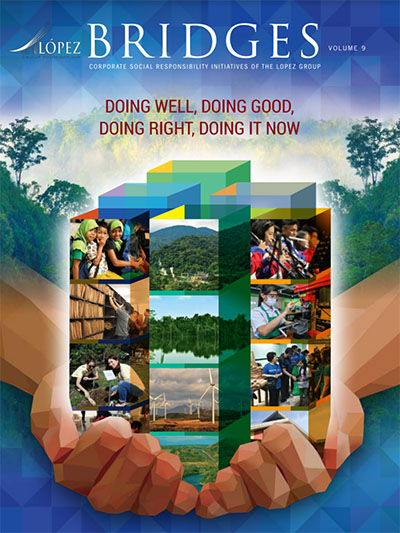The impending transfer of the Lopez Museum and Libraryto Makati is getting researchers all jittery. They have long relied on the Library for their scholarly needs, completing literature review, cross referencing and documentation for term papers, theses and dissertations.
But Lopez Museum executive director Cedie Lopez Vargas says, “We will try to keep the Library open for as long as reasonably possible.”
The transition is happening in the background for now. There is much planning and organizing to ensure that all archival materials, artifacts and paintings are correctly preserved and protected before they get packed and physically transferred. Some are going to storage while others will move to a temporary space that will house the Museum, before the eventual transfer to their permanent home: The Proscenium.
Vargas is looking forward to getting to know the new community which will host the Museum. “In many ways, the community we find ourselves in will determine the programming of Museum offerings. In a broad sense, we will keep to what we are doing here (in Pasig). At the same time, we will be deepening our understanding of the nuances of a different community, and establish linkages with new partners in the area,” she said.
Lopez Group chairman emeritus Oscar M. Lopez, who chairs the Museum’s board of trustees, hopes that the move to Makati will make its invaluable collection “more accessible to more people not only of this country, but for foreigners to view also.”
Viewing it as a legacy of his father, the late nationalist and industrialist Eugenio H. Lopez, Sr., Lopez is passionately committed to preserve the Museum and Library at all cost. “The idea is to preserve what we have for posterity. In that sense, no matter what the cost would be, we have to maintain the Museum. Since I was partly responsible for buying the books with my dad in the States and in Europe, I feel responsible. It’s a treasure that has no equal in the sense that what we have in the Lopez Museum, you won’t find anywhere else---the books, the paintings, everything.”
He also looks forward to a bigger Lopez Museum that can rightfully display more of its archival and visual arts collection. “We should give it a sense of permanence. I realize our space is limited, but we should have more space.”
To continue serving its clientele of scholars and serious researchers from all around the globe, Vargas hopes to make digitized resource materials from the Library more accessible in the future, with technology partnerships underway.
Despite the growing popularity of e-books, Lopez says museums and libraries will still have a role to play. “Look at all the libraries in the world. No matter how modern communication technologies become, they are there for people to visit, to take a look at the books, at the artifacts, and the art. It will always be there.”
The Lopez Museum has successfully differentiated itself from others by building on its rich archives that have been incorporated in practically every visual arts exhibit it has mounted in the last 12 years. “We do not exhibit art pieces on a whim. Every exhibit is well thought out and conveys strong messages backed by archival materials. That is part of our commitment to nation building, which we, as part of the Lopez Group, consciously present to the public,” she said.
For his part, Lopez wants LopezLink readers to know: “The Museum is very important to the life of a country like the Philippines. The Museum and Library has maintained its country’s identity and continuity through time. Our history is very important. There is nothing like what you have in the Museum to show continuity from the Spanish period, and even earlier, up to the present time. We have many artifacts dug up from different places showing ancient art, including Chinese ceramics. We go beyond that.”
That is why the Lopez Museum will always deserve public support. It is the means to understand the unbroken history of the Philippines, putting present day Filipinos in touch with the life and culture that came before their time.

















